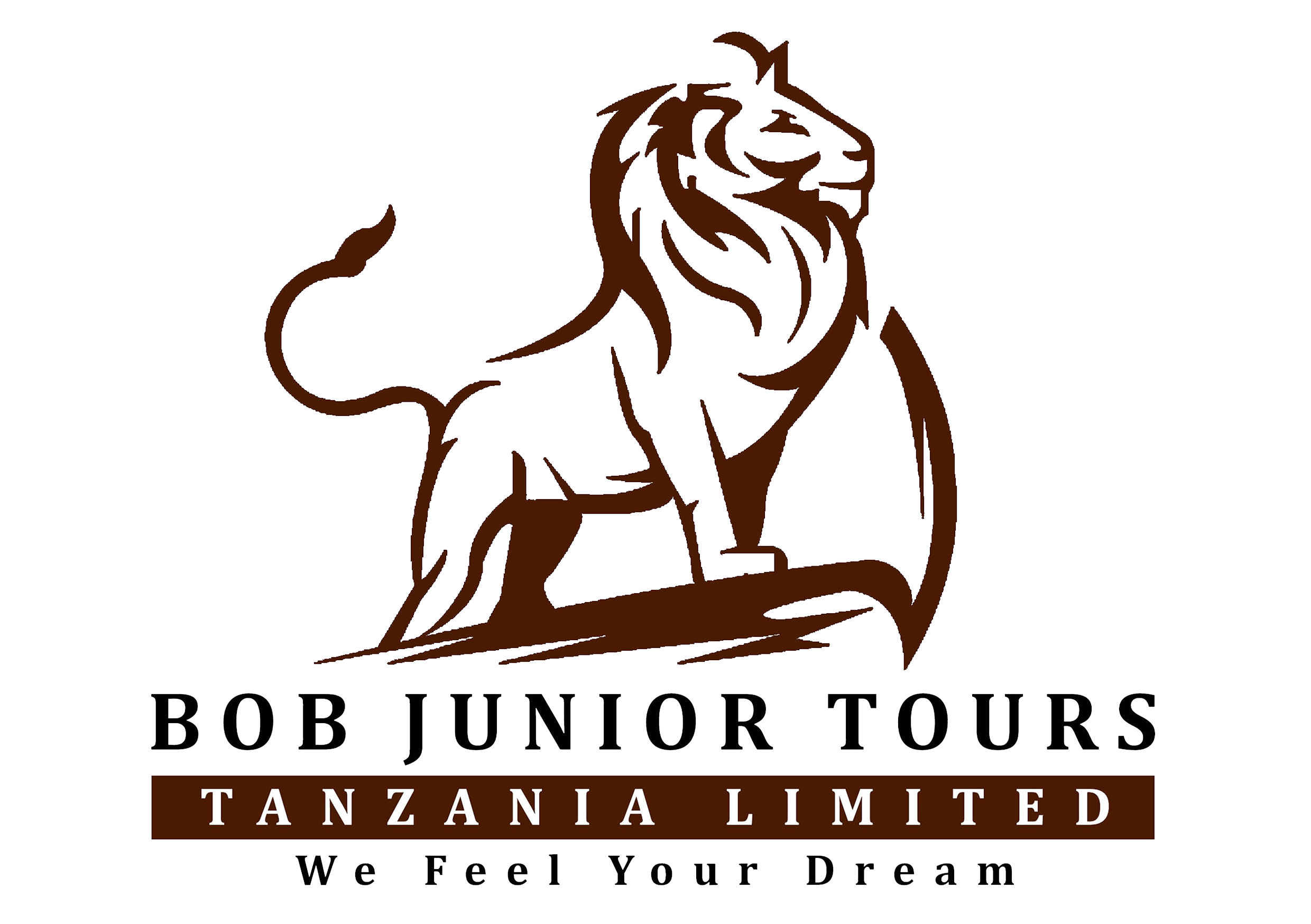The Ngorongoro Conservation Area was once a part of the Serengeti National Park, It was created in 1951 in accordance with the National Park Ordinance of 1948 in order to preserve its original geographic and ecological makeup. The two National Parks were divided in 1959 into two Protected Areas with different levels of outstanding universal importance and conservation status.
As one of Africa’s Seven Natural Wonders, Ngorongoro Conservation Area was named a UNESCO World Heritage Site in 1979 under the natural and cultural criteria due to its significance for the conservation of biodiversity, as evidenced by the presence of globally threatened species, the abundance of wildlife in the region, and the yearly migration of wildebeest, zebras, gazelles, and other wild animals into the northern plains. Its cultural acceptance can be attributed to an extraordinarily lengthy chain of fundamental facts about human evolution and the dynamics of the human-environment relationship. The NCA’s worldwide identity is properly justified by the extraordinarily long sequence of this critical data, which spans approximately four million years to the beginning of this era and includes physical proof of the most significant evolutionary milestone in human development.
The Ngorongoro Conservation Area was initially created as a multi-land use region where wildlife could coexist with the area’s most prominent semi-nomadic Maasai inhabitants, who constantly move from one location to another in search of water and pasture for their livestock.
WHY VISIT NGORONGORO
Ngorongoro Crater
The Ngorongoro Crater is the biggest intact and unfilled volcanic crater in the whole globe and the primary tourist destination for the Ngorongoro Conservation Area. With a lot of species, it is the biggest and most beautiful crater in the Ngorongoro Conservation Area. Due to its amazing natural features, it is also one of Africa’s Seven Natural Wonders. Over 25,000 creatures, including the big five—elephants, buffaloes, rhinoceroses, lions, and leopards—call the Ngorongoro Crater home.
Hippos, hyenas, warthogs, zebras, elands, gazelles, and wildebeests are just a few of the other animals that may be found in this crater. Due to this, Ngorongoro Crater is likely the greatest location in Tanzania to see and observe the big five.
Olduvai Gorge
One of the most significant paleoanthropological locations in the world is Tanzania’s Olduvai Gorge or Oldupai Gorge; the numerous sites that the gorge has exposed have been crucial in advancing knowledge of early human evolution. The Oldupai Gorge is a long, narrow, steep-sided gorge in the Great Rift Valley that runs through East Africa. It is situated in the eastern Serengeti Plains of the Ngorongoro Conservation Area, in the Olbalbal Ward of the Ngorongoro District of Arusha Region. The East African wild sisal (Sansevieria ehrenbergii), which is abundant there, gives the gorge its name. Following Lake Ndutu and Lake Masek by 25 kilometers.
Mount Lolmalasin
Mount Lolmalasin, which rises to a height of about 3,700 meters (12,080 feet) above sea level, is the highest crater mountain in the Ngorongoro Conservation Area, the third-tallest mountain in Tanzania, and the second-highest peak in the Arusha region after Mount Kilimanjaro and Mount Meru. On the eastern edge of the Ngorongoro Conservation Area, the mountain is situated close to the Olmoti Crater on the way to Empakaai Crater.
Shifting Sand
The majority of the black sand dunes that are seen in the Ngorongoro Conservation Area in Tanzania’s eastern Serengeti Plain near the Olduvai Gorge hominid site are classified as volcanic sand dunes. The migrating dunes, often referred to as the Shifting Sands, are situated about two kilometers from the Olduvai Gorge’s bank and at least twelve kilometers northwest of the museum.
One of the most impressive moving ash dunes in the world, it has gradually blown over the plains in a westward direction at a rate of between 15 and 29 meters per year, scouring lighter ash from the area and leaving behind the heavier dark-colored iron-rich materials that formed the dune.
